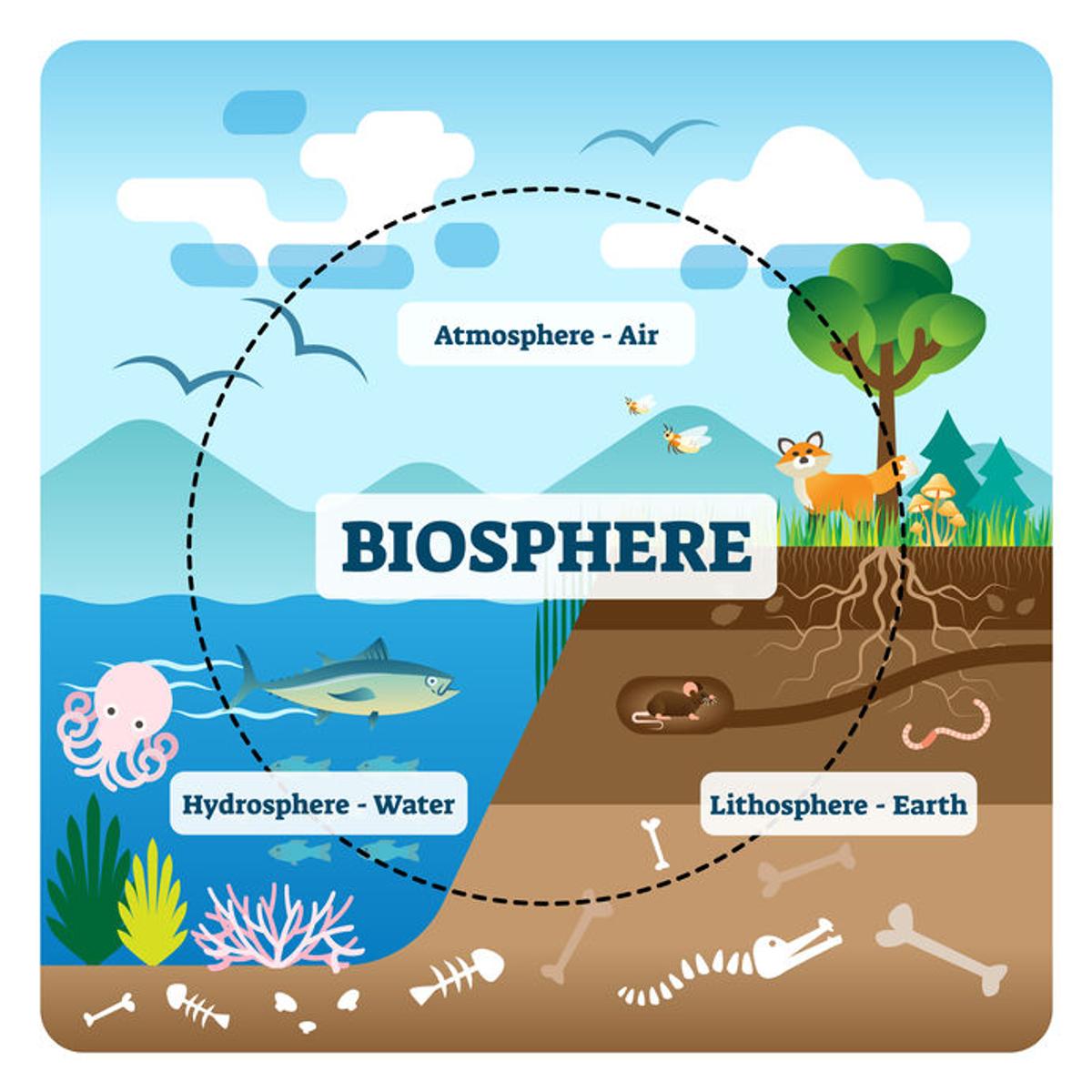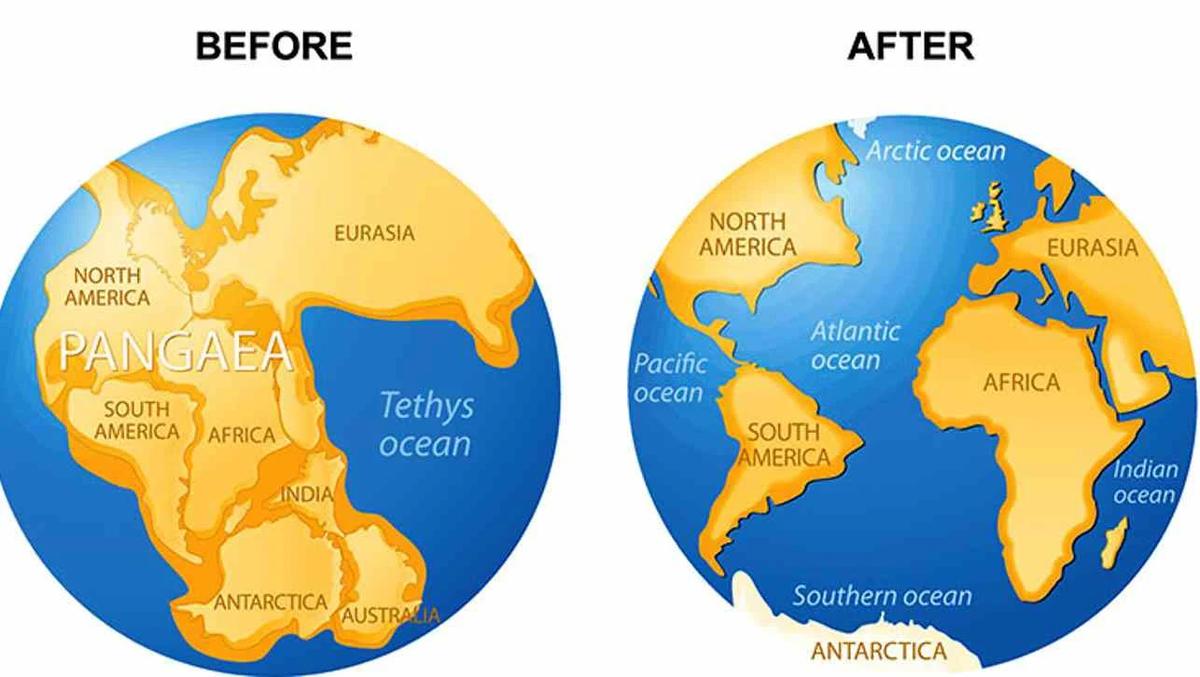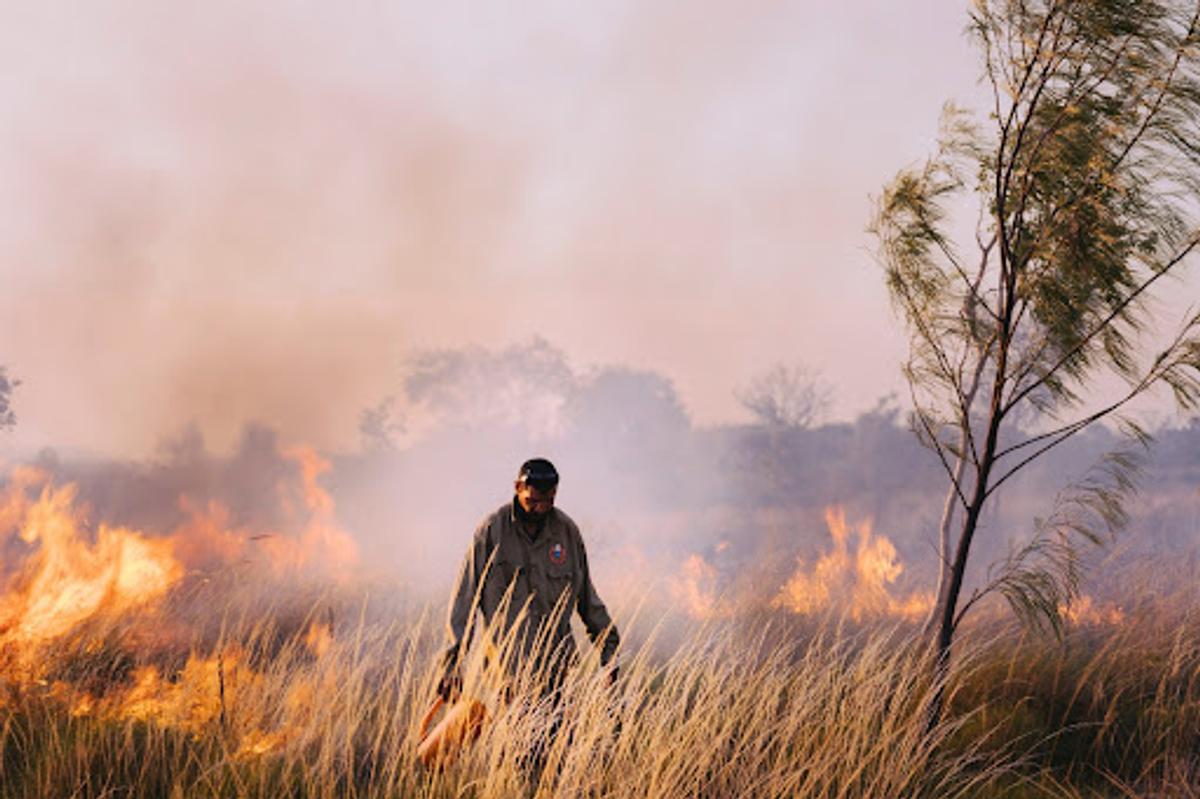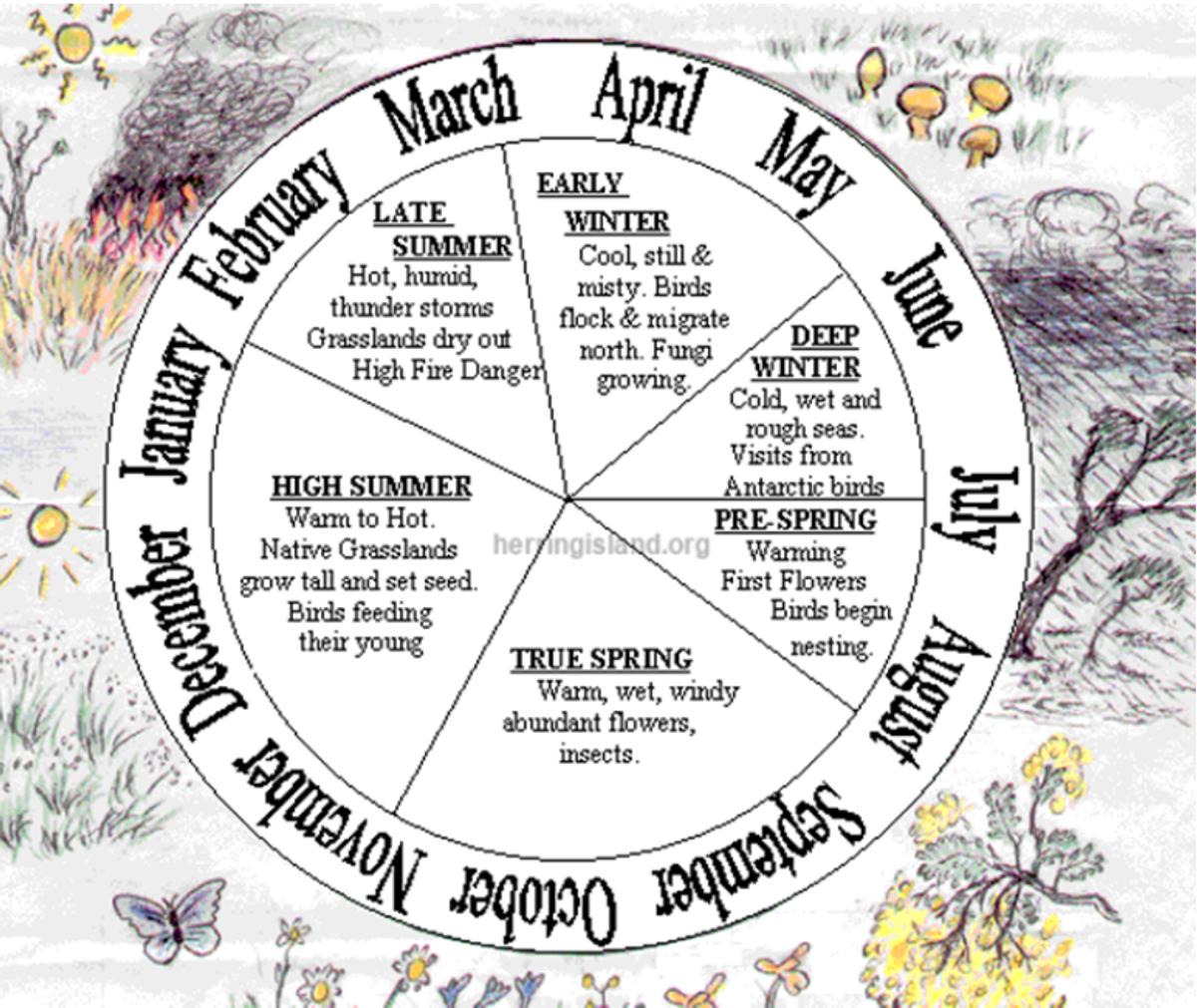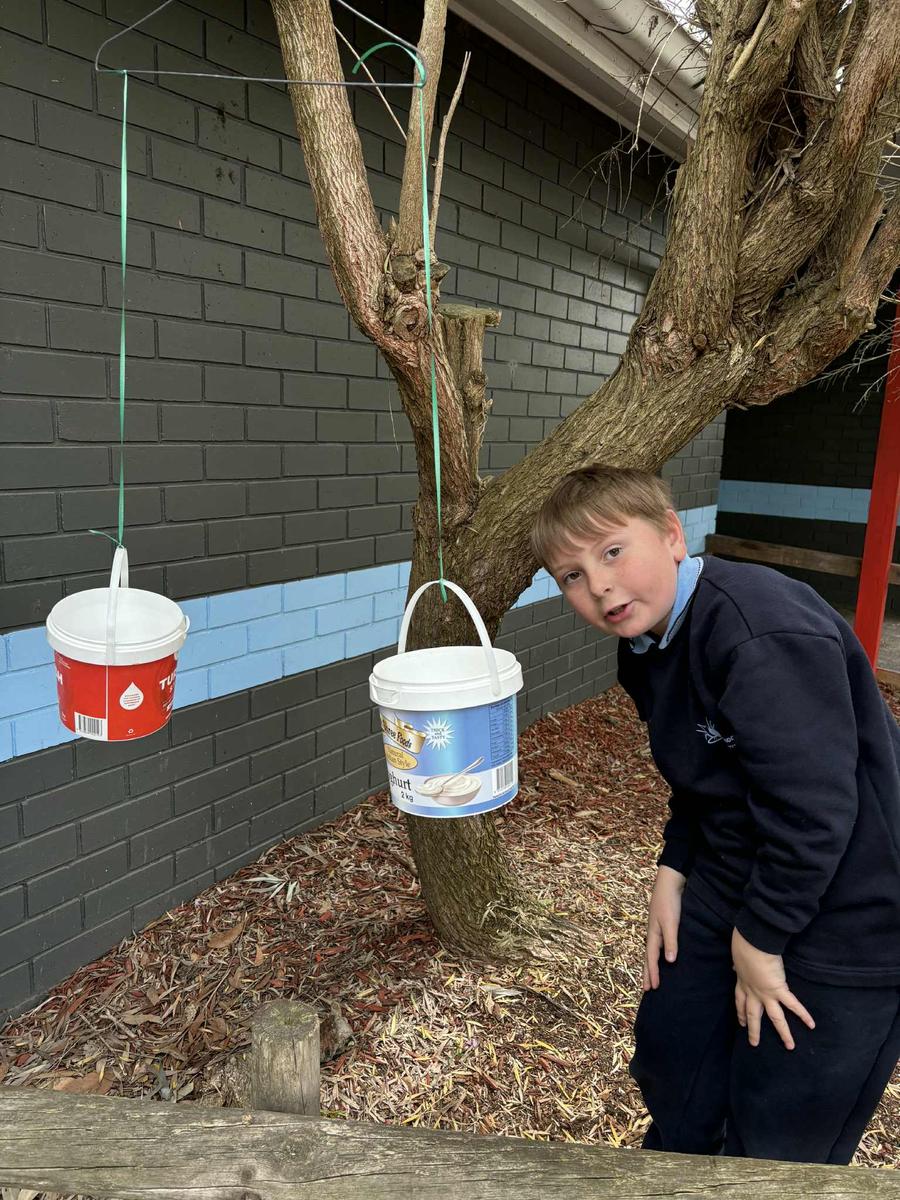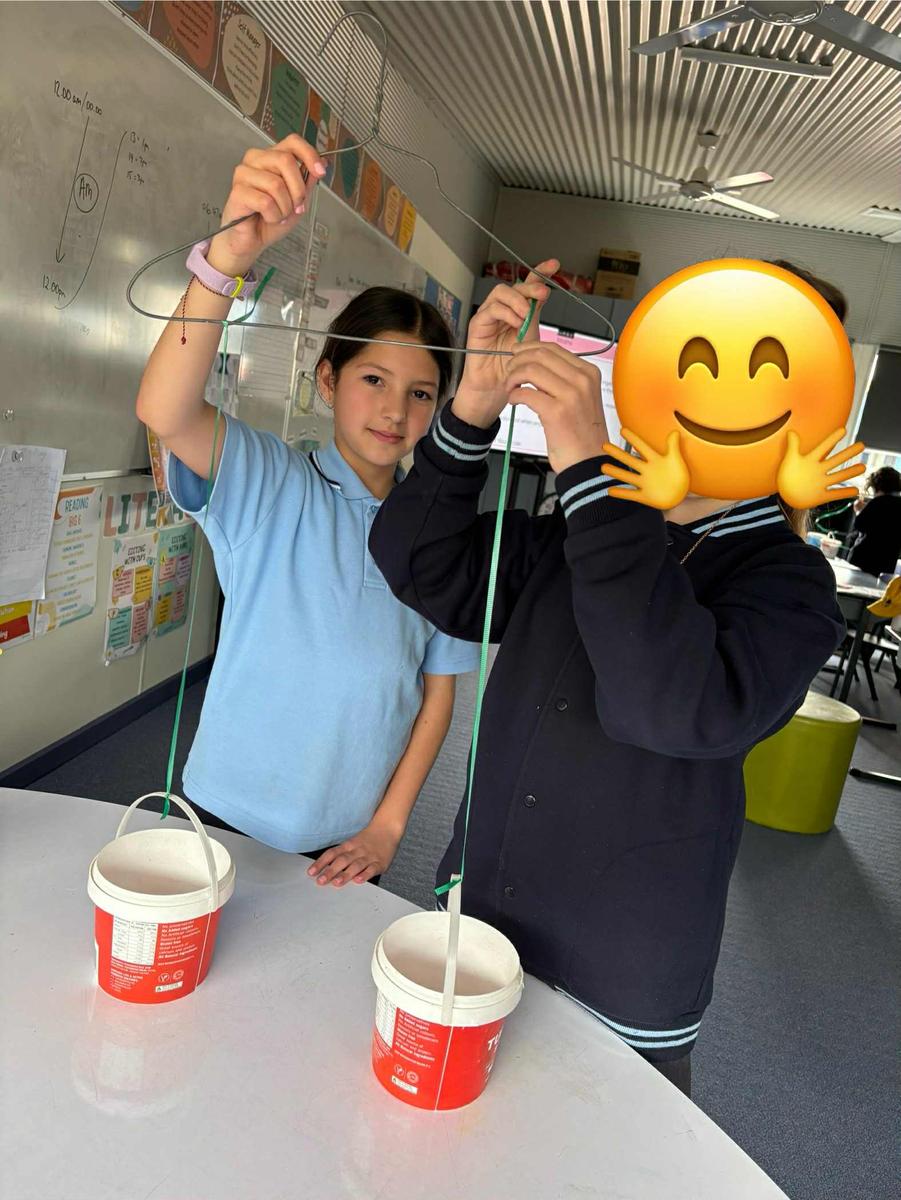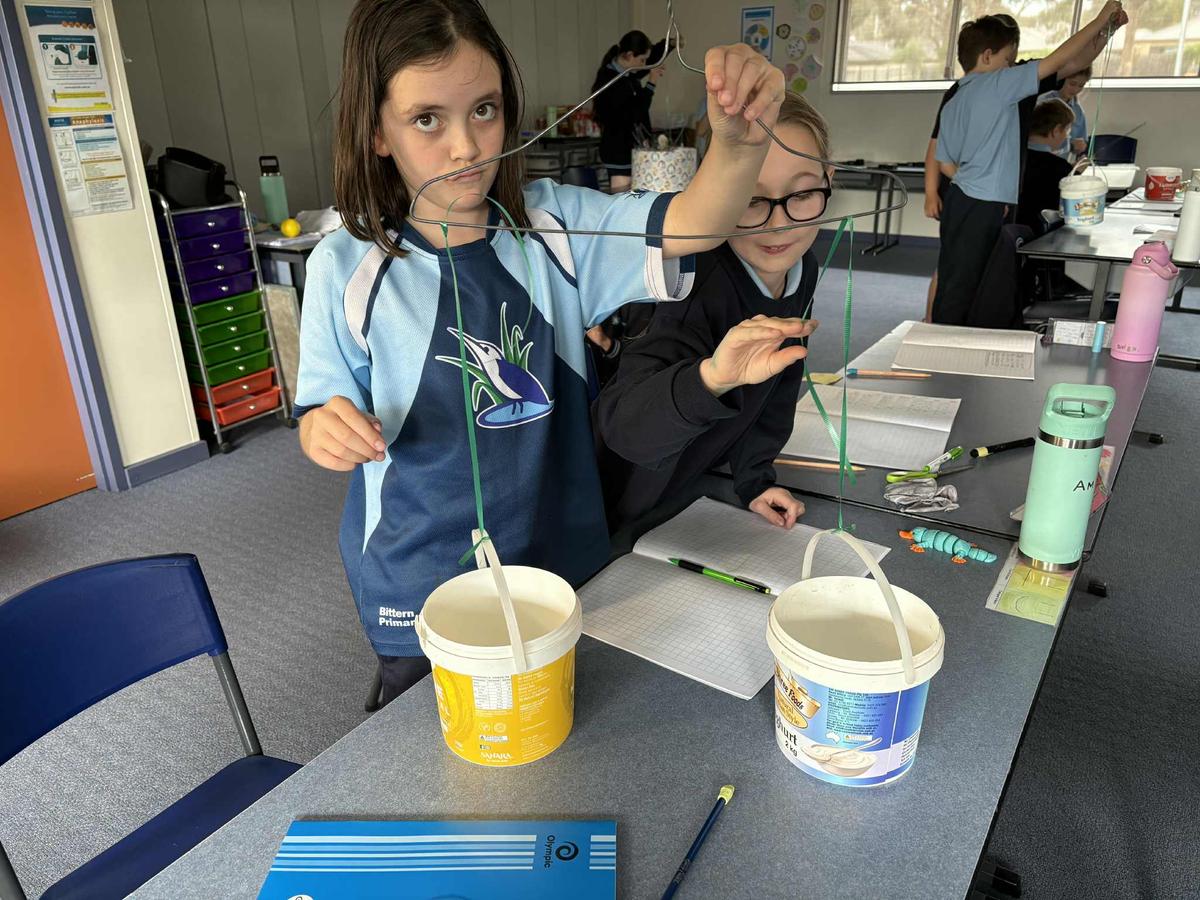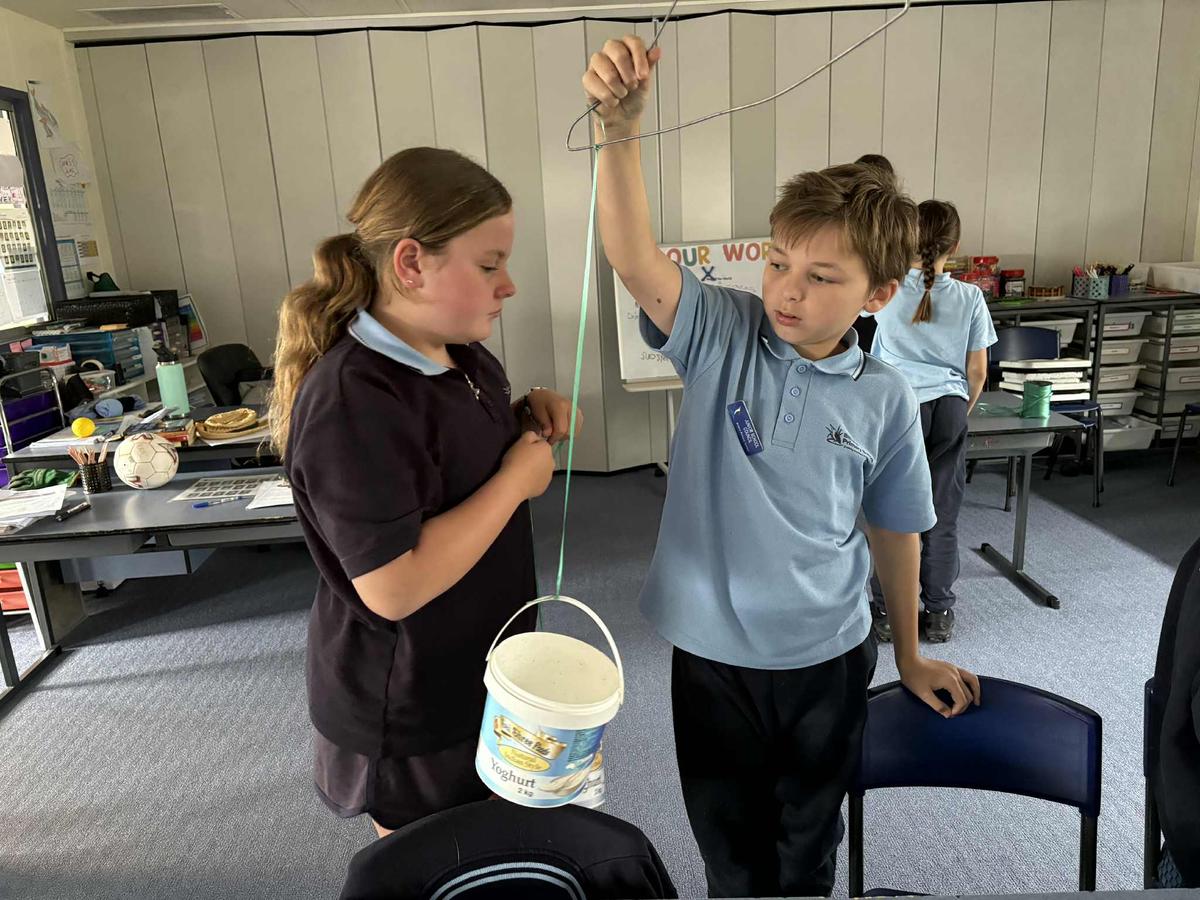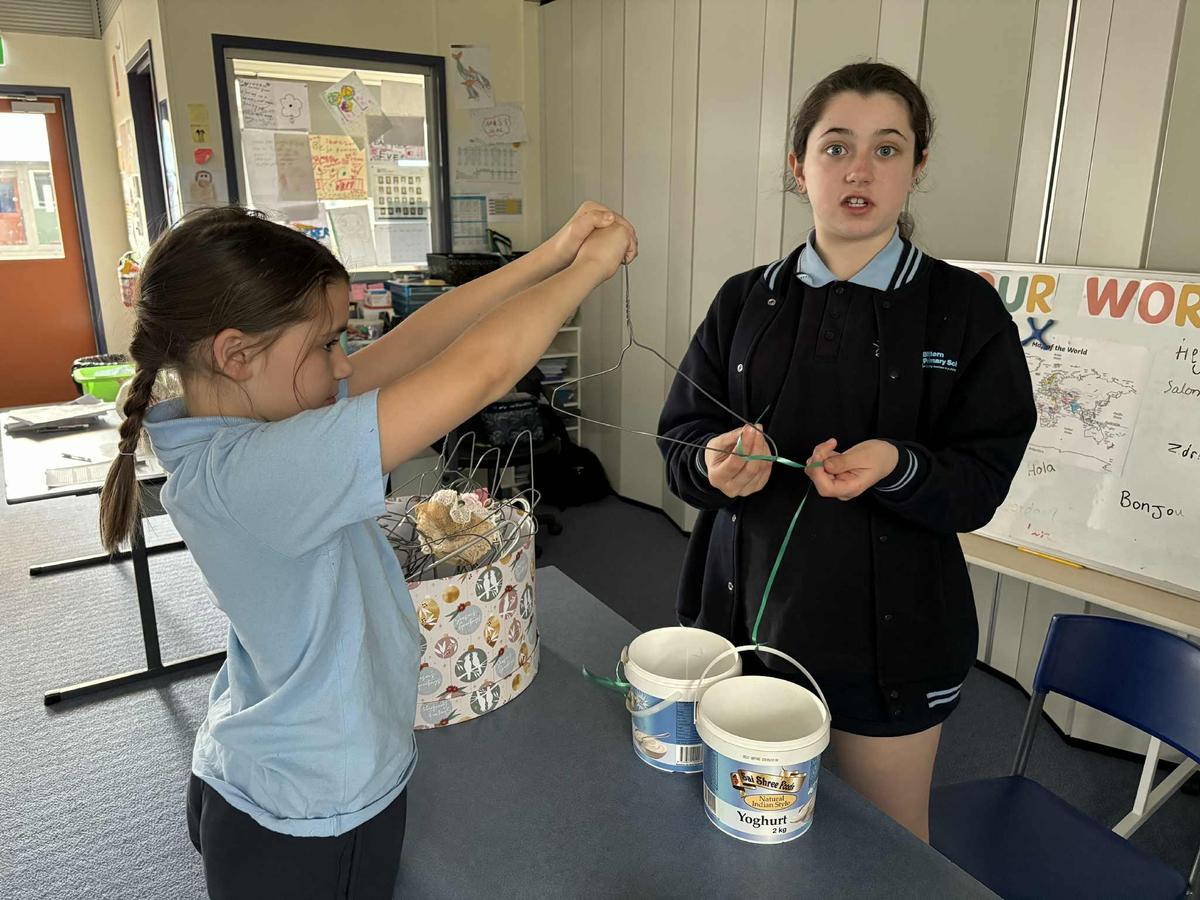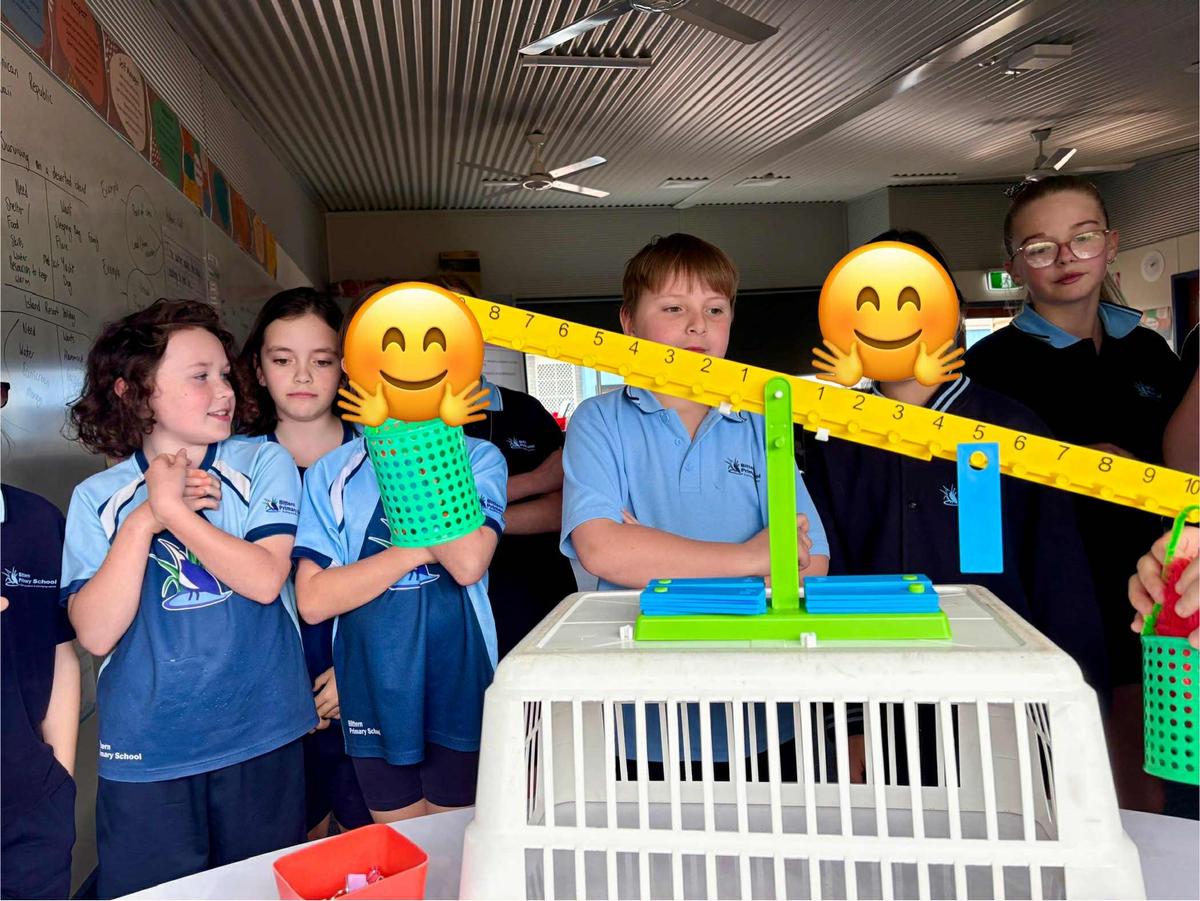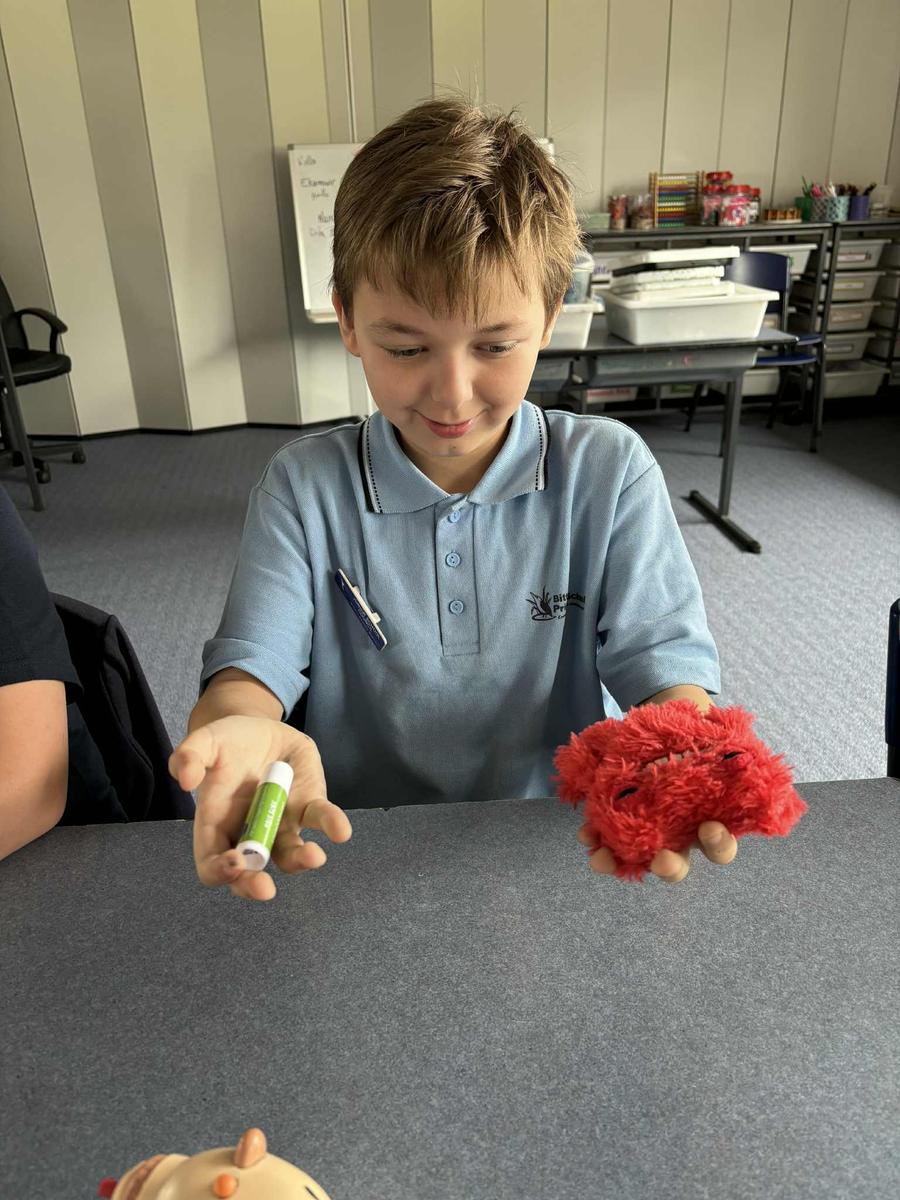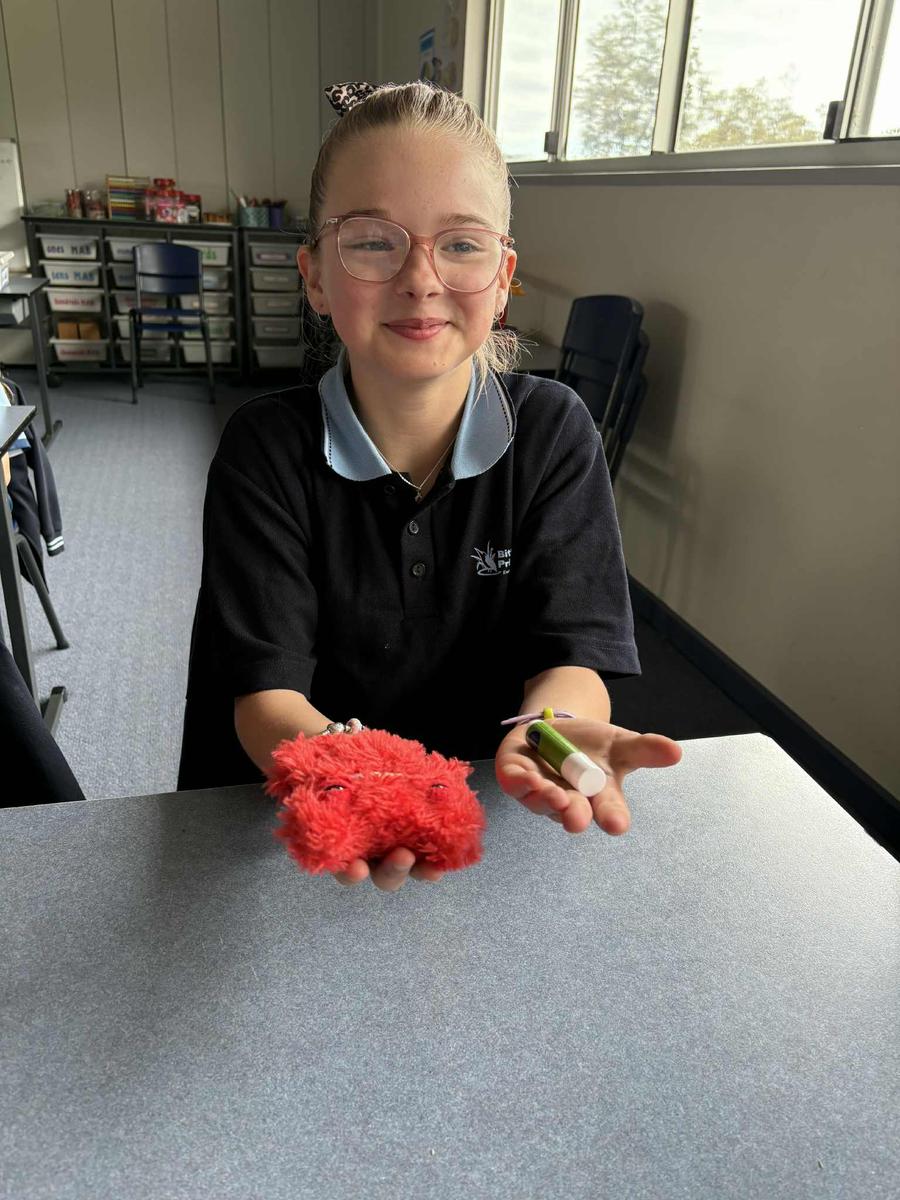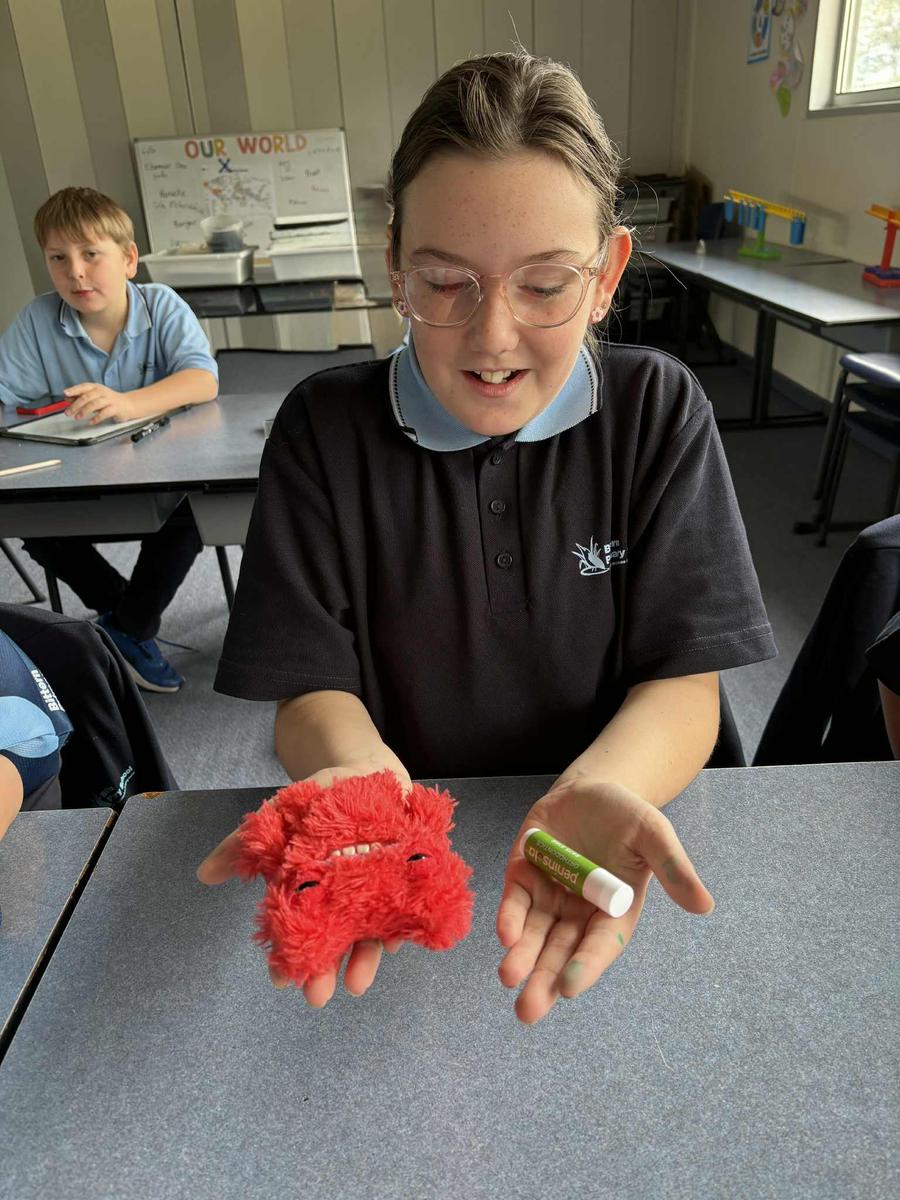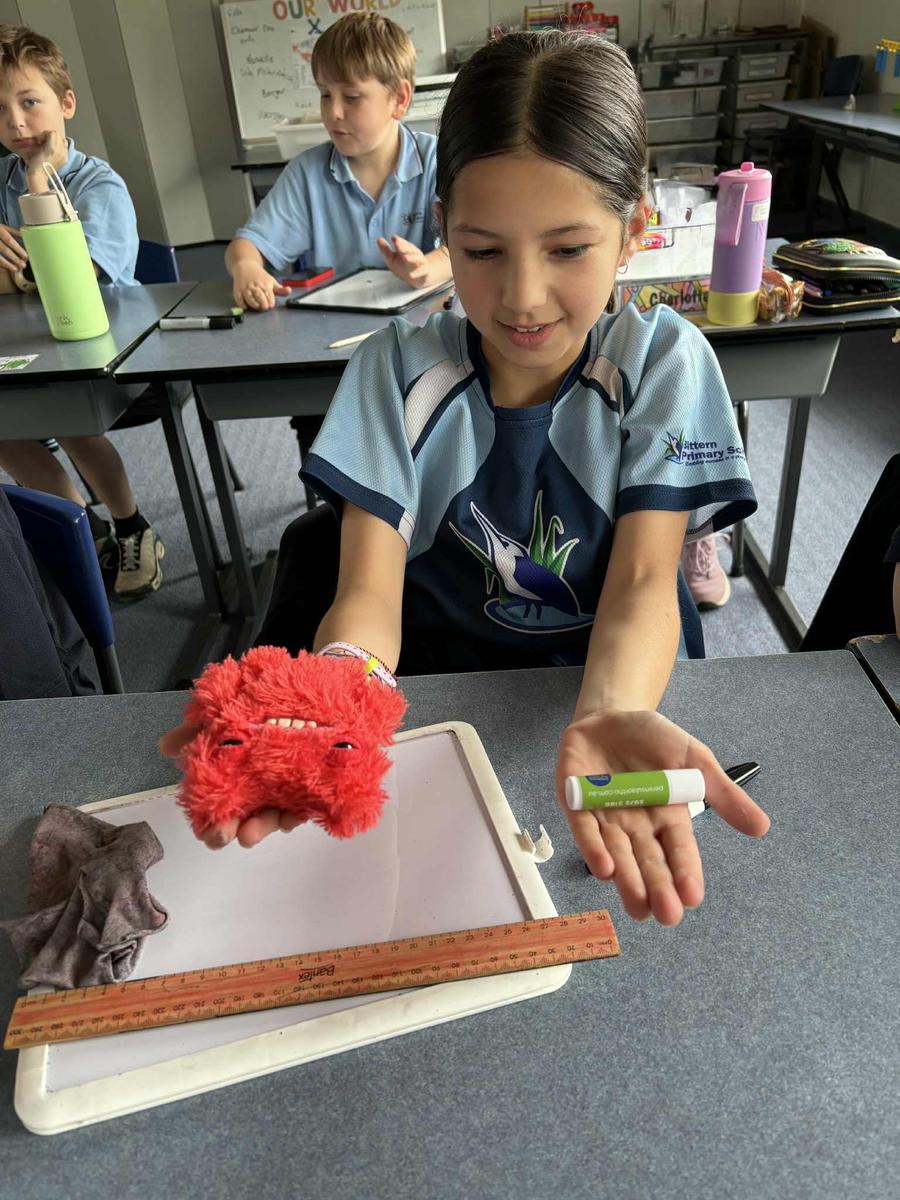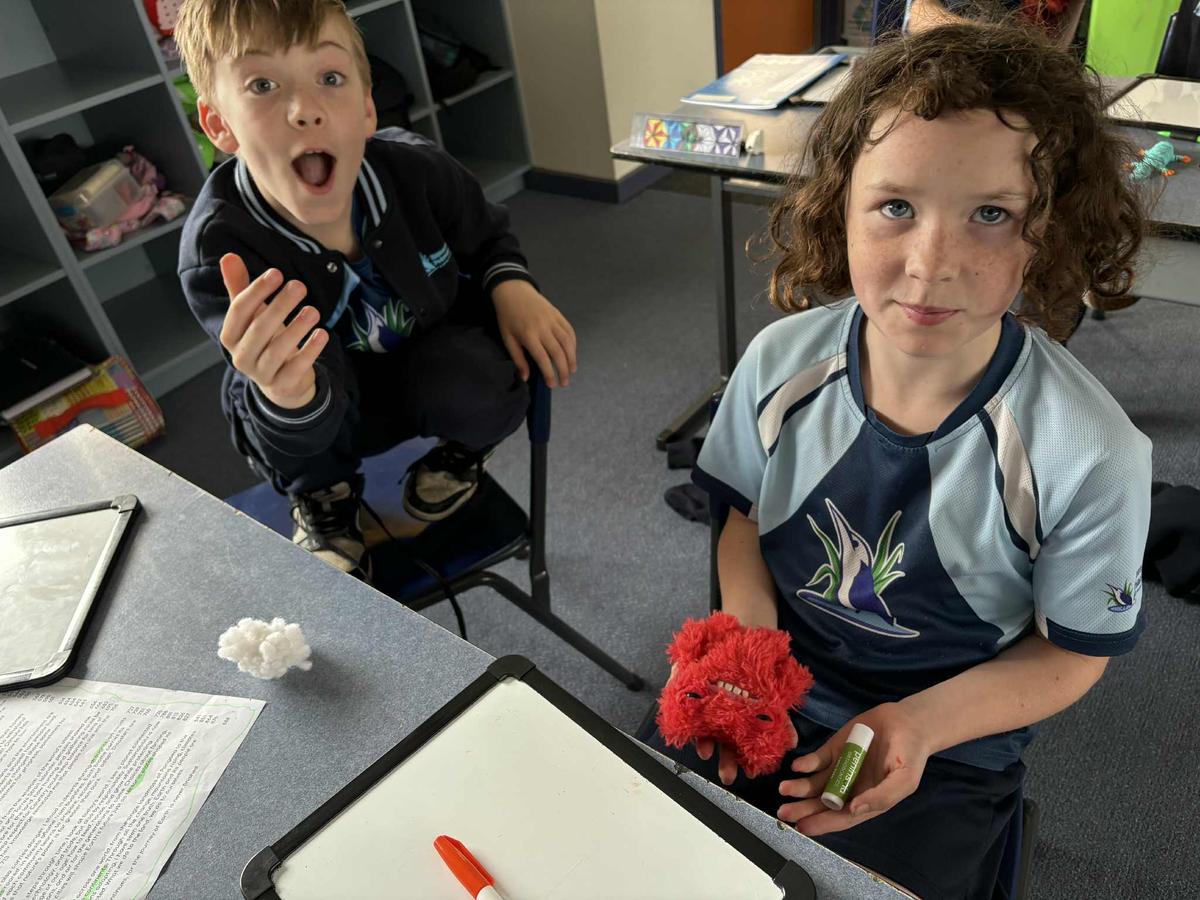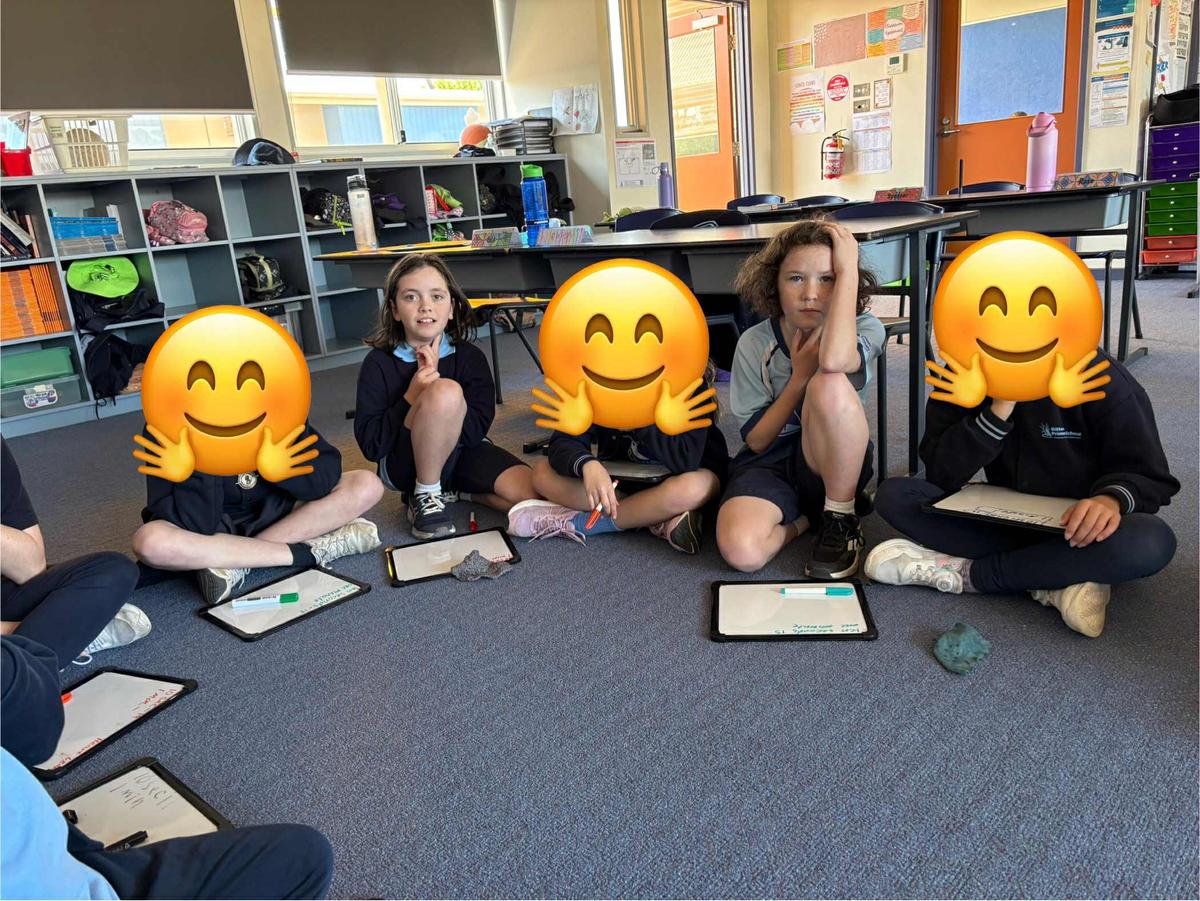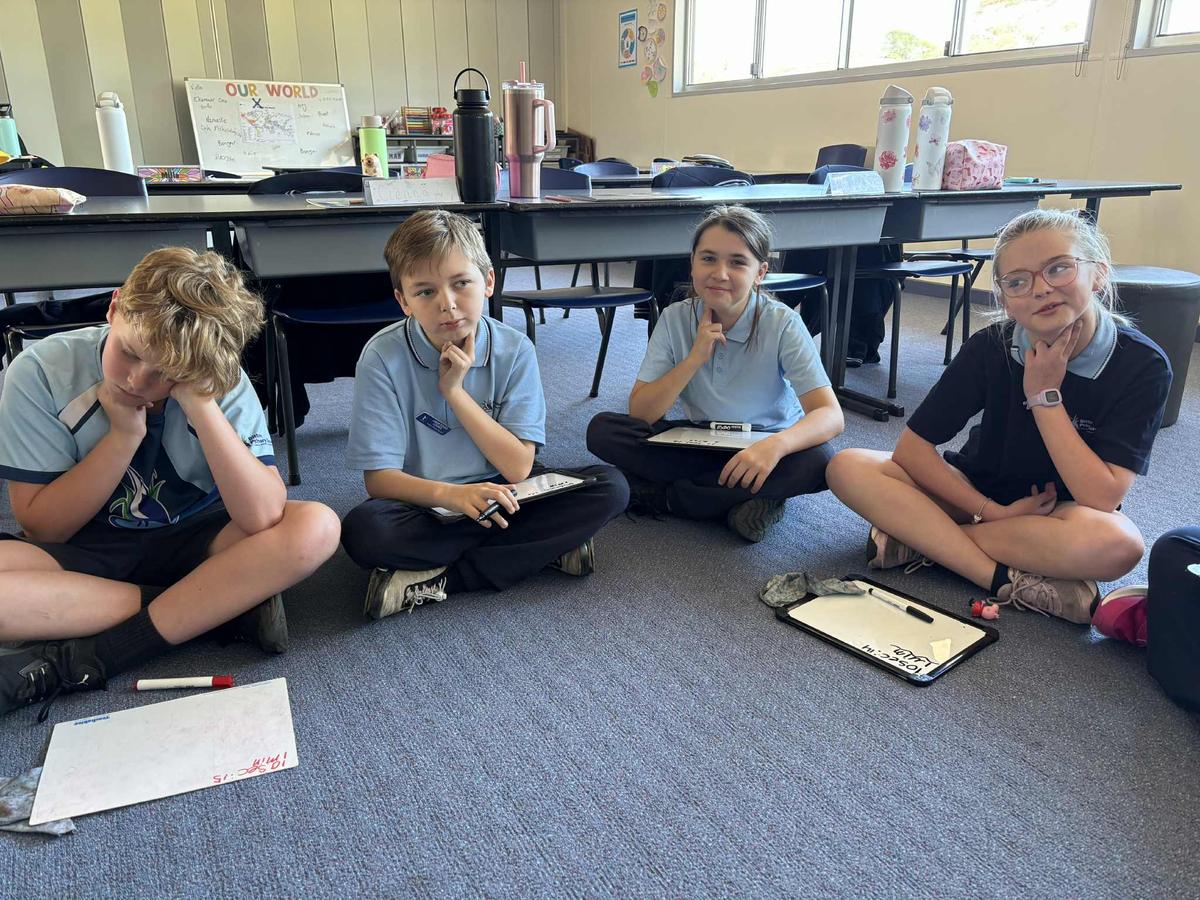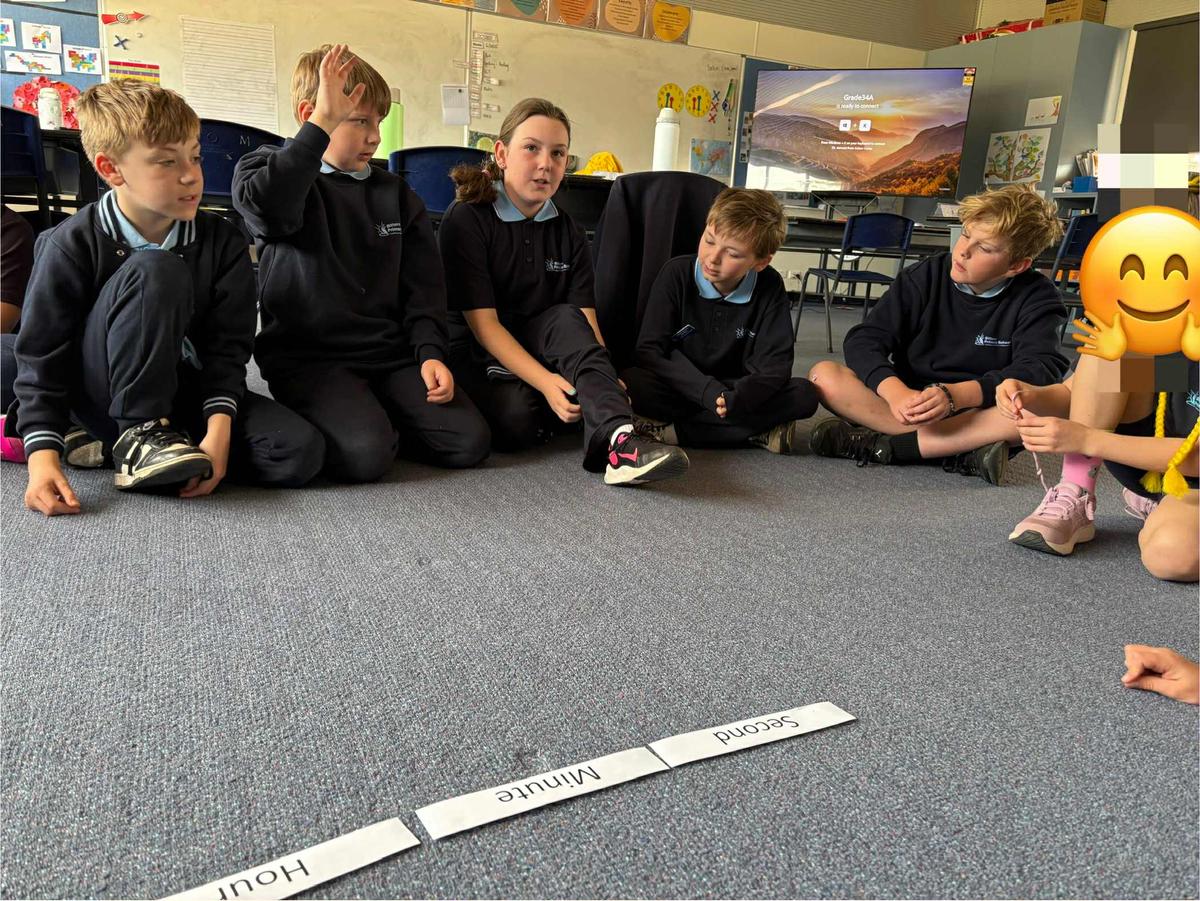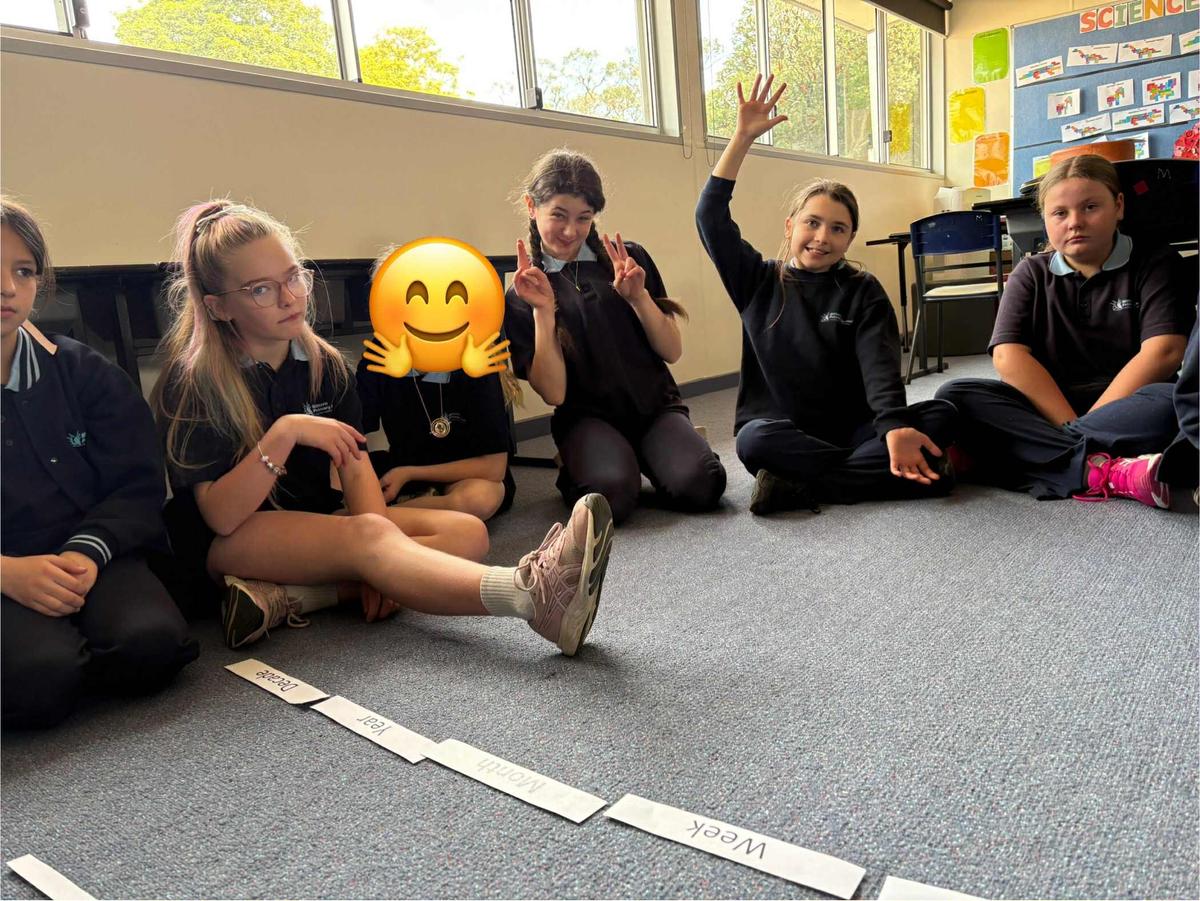Year 4/5
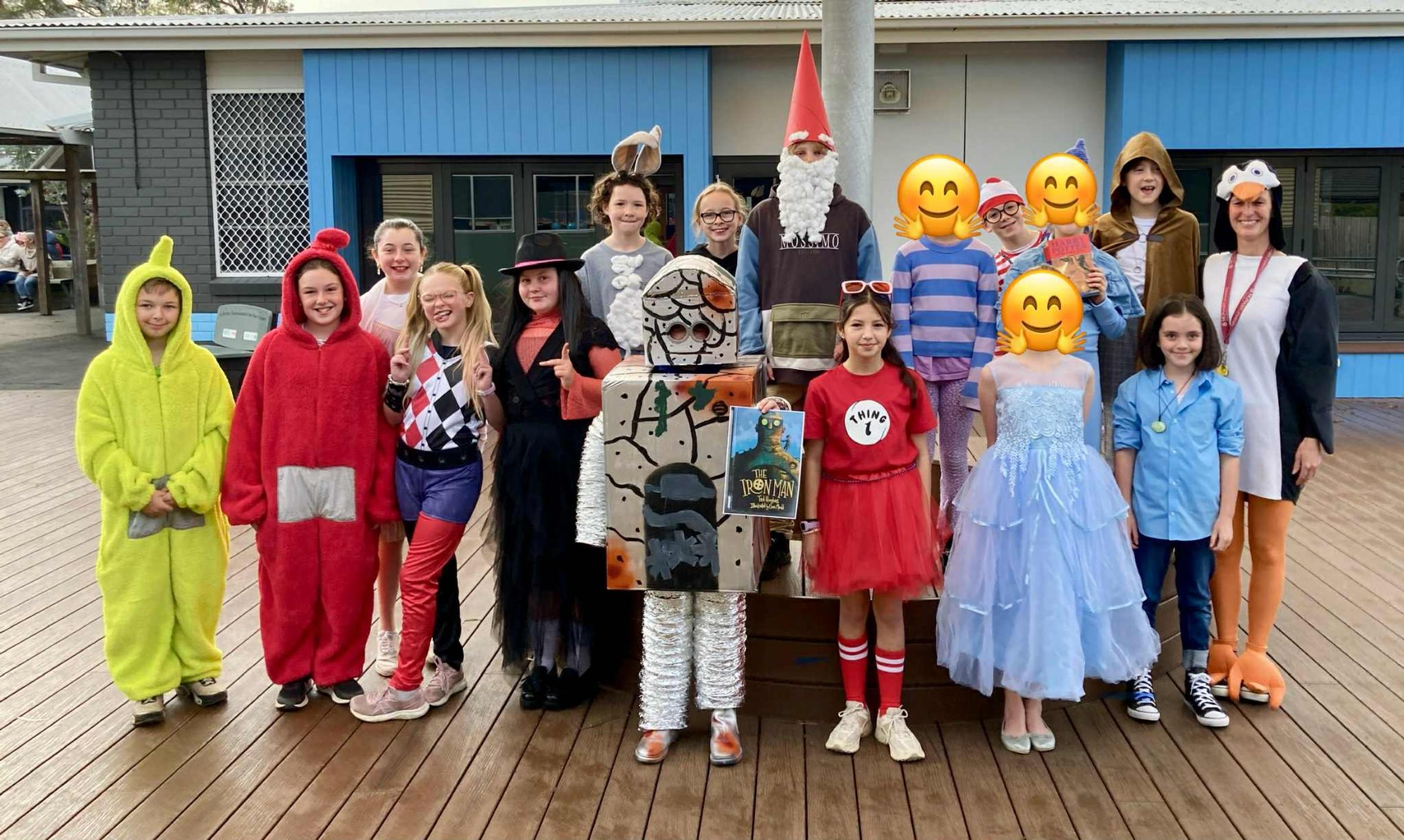
Important Information for Year 6 2026
The link below is now live for the students who will be in Year 6 next year to purchase their Year 6 shirts and jumpers.
https://eduthreads.com.au/collections/bittern-primary-school
Literacy
We have been exploring some fascinating new words this term.
- Biosphere - the parts of Earth where all living things exist.
- Rewilding - helping nature return to its natural state.
- Phenomena - amazing or unusual events that can be observed.
- Pangaea – A supercontinent that existed millions of years ago when all the land on Earth was joined together.
- Tectonic plates – Huge pieces of the Earth’s crust that move slowly and cause continents to drift.
- Migrate – to move from one place to another, often because of the seasons or to find food.
- Totems – animals, plants, or symbols that are special to a person or group and represent their connection to Country.
Alongside our vocabulary work, we’ve been practising a range of comprehension strategies including Literal, Inferential, Evaluative, Creative Thinking, and Visualising. We have been learning how to use topic sentences to identify the main idea of a paragraph and how to use key words in texts to uncover meaning, make connections, and form thoughtful, complete sentences in our responses.
It’s been inspiring to see everyone thinking deeply about the world around them. From the living systems of our planet to the extraordinary phenomena that make Earth such an exciting place to explore through reading
Geography
We are continuing our deep dive into our world by exploring the story of Earth’s evolution. We travelled back in time to when all land on Earth formed one giant supercontinent called Pangaea, and followed its journey as movement of the tectonic plates slowly split into the continents we know today. Along the way, we discovered how changes in land, climate, plants, animals, and people have shaped life on Earth. We learned how humans have adapted to different environments, used natural resources, and developed technology to meet their needs, from stone tools to modern cities. We also explored the importance of sustainability and how the choices we make today affect the planet’s future. We gained a deeper understanding that Earth and its people are forever connected, what we do to the land, we do to ourselves.
We explored Farming Without Fences, a fascinating inquiry into how Aboriginal and Torres Strait Islander Peoples were the first farmers of Australia. We learned that for tens of thousands of years, they have cared for Country, the land, waterways, plants, animals, and skies, using deep knowledge passed down through stories, songs, and traditions. We discovered sustainable practices such as firestick farming, seasonal calendars, and careful management of food and water. These systems helped people live in balance with nature, ensuring resources lasted for future generations. Through this learning, we came to understand that true environmental care means respecting and protecting the land, just as the world’s oldest continuous cultures have done for millennia.
Maths
This round of learning in Maths, we have been exploring the concept of mass through fun, hands-on activities. We began by comparing two similar objects to see which one felt heavier, then played an entertaining game of 'Which Is Heavier?' using items found around the classroom.
We also got creative by building our own homemade scales to test and compare different objects. We went on a mass scavenger hunt, searching for items that weighed between 10 grams and 1 kilogram. It was wonderful to see everyone thinking like real mathematicians and scientists, predicting, testing, and discovering how mass can be measured and compared in everyday life!
We explored how to convert units of time, from seconds to minutes, hours, days, and beyond! To make learning meaningful, we measured our own heartbeats (pulses) for one minute and then used our maths skills to calculate how many times our hearts would beat in an hour, a day, a week, a month, a year, and even a decade!
This fun and hands-on activity helped us see how maths connects to real life and how quickly numbers can grow when we convert between different time units. There were lots of surprised faces as students realised just how busy their hearts are every day!
Business and Economics
This term we have started learning about business and economics and how people make decisions as consumers. We explored the difference between needs and wants, discovering that while our wants may be unlimited, the resources we have are not. Through discussions and activities, we learned about the concept of scarcity and how it influences the choices we make every day to satisfy our needs and wants using limited resources.
We have been learning about how humans have used technology and resources throughout history to meet their needs and wants. We discovered that stone tools were the first known technological invention, used to chop branches, cut meat, and smash bones for food and shelter. This early technology helped humans survive and thrive.
We also explored how, over nearly two million years, people have continued to develop technology to use resources more efficiently and economically. We discussed the three main types of resources that help produce goods and services: natural resources (things from nature like water, trees, and minerals), human resources (people’s skills, knowledge, and effort), and capital resources (tools, buildings, and machines that make work faster and easier).


